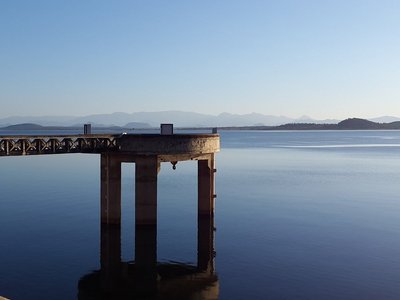

Mozambique is amply endowed with abundant renewable energy resources, but the country is poor in its capability to exploit and use them. The vast majority of the population live in rural areas and depend on small-scale agriculture, livestock and silviculture - activities often affected by climate change. To date, the population continues to use polluting options for everyday needs like lighting, cooking and sanitation. Growth of urban and rural areas has placed severe strain on biomass resources, which has led to desertification and deforestation. Thus, the main objective of the study was to present the energy situation in Mozambique from widely available renewable energy resources with focus on four major sources, namely: solar, hydro, wind and biomass. Understanding where the opportunities for tapping this wealth exist and proper technologies for harnessing renewable energy resources is fundamental for economic growth and social development.
Through the Capacity Building for Renewable Energy Technologies in Mozambique project, funded by APPEAR, a study was carried out by researchers of Zambeze University, Eduardo Mondlane University and National Energy Fund. Although the performance of the energy sector is perceived as being below expectation, a number of energy policies have been developed, but the implementation has been limited by a combination of factors that include: lack of skilled manpower, weak dissemination strategies, pricing distortions that places renewable energy at disadvantage and poor infrastructure. Also, the country has one of the highest energy costs in Sub-Saharan as a proportion of income.
The article is published in Journal of Energy Technologies and Policy, Vol 11, No 2 (2021).
